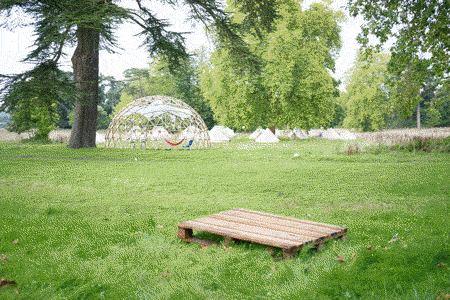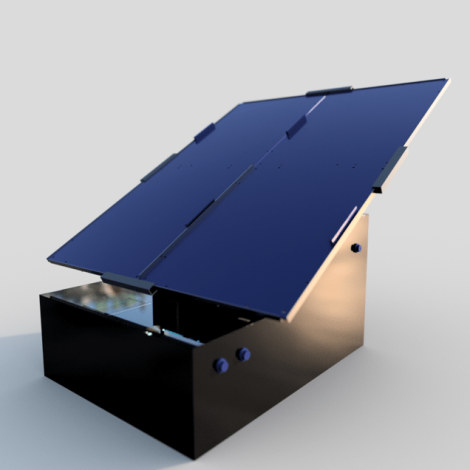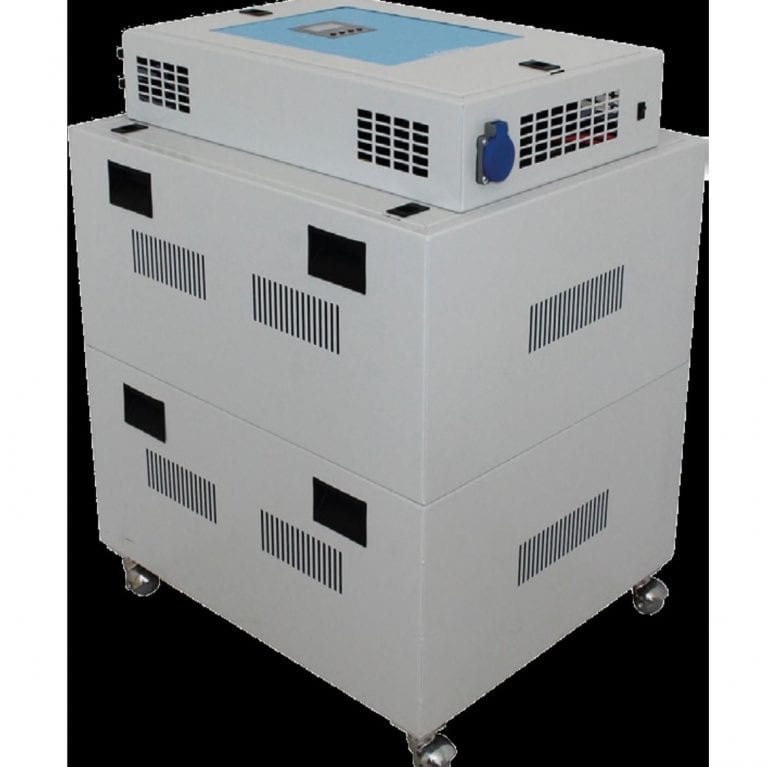Sunzilla travels as a box that fits on a standard shipping pallet. When it’s time to go to work, this solar generator opens its panels like a flower toward the sun. The design is open source and the company’s website includes an instruction manual for building one at home. Besides the pretty concept, one of the unit’s other attractions is its flexibility. Builders can add panels as needed, and users should be able to plug and play.
The project had support from Autodesk and the Autodesk Foundation when Sunzilla participated in POC21, a five-week innovation camp outside of Paris, France. Autodesk provided mentorship, 3D design and modelling training and its Fusion 360 modelling software to develop the latest Sunzilla prototype.

Two Sunzilla team members commission and decommission the 3.0 prototype. Photographs and compilation by Michael Floyd / Autodesk
On its website, Sunzilla emphasizes the unit’s uses in developed countries at events such as outdoor concerts, but we spoke with Joscha Winzer, one of the team’s renewable energy systems engineers, about the potential to power communities in developing countries.
“We also see SunZilla most suitable for regions with a weak or no grid connection, especially in developing countries and marginalized communities. Therefore, we are in contact with several partners at the moment to find ways of implementing the system in these areas with local expertise. By this, we want to understand the local technical, social and economical needs,” Winzer says. “At the moment we are focused on communities and projects in the Philippines, Cameroon and Sierra Leone.”
For now, however, the team has tested the units only in developed countries.
Please see Sunzilla’s Instructables guide for do-it-yourself instructions to building a generator.


tHANK YOu for your efforts to trying to solve the real world problems , dear keep it up,